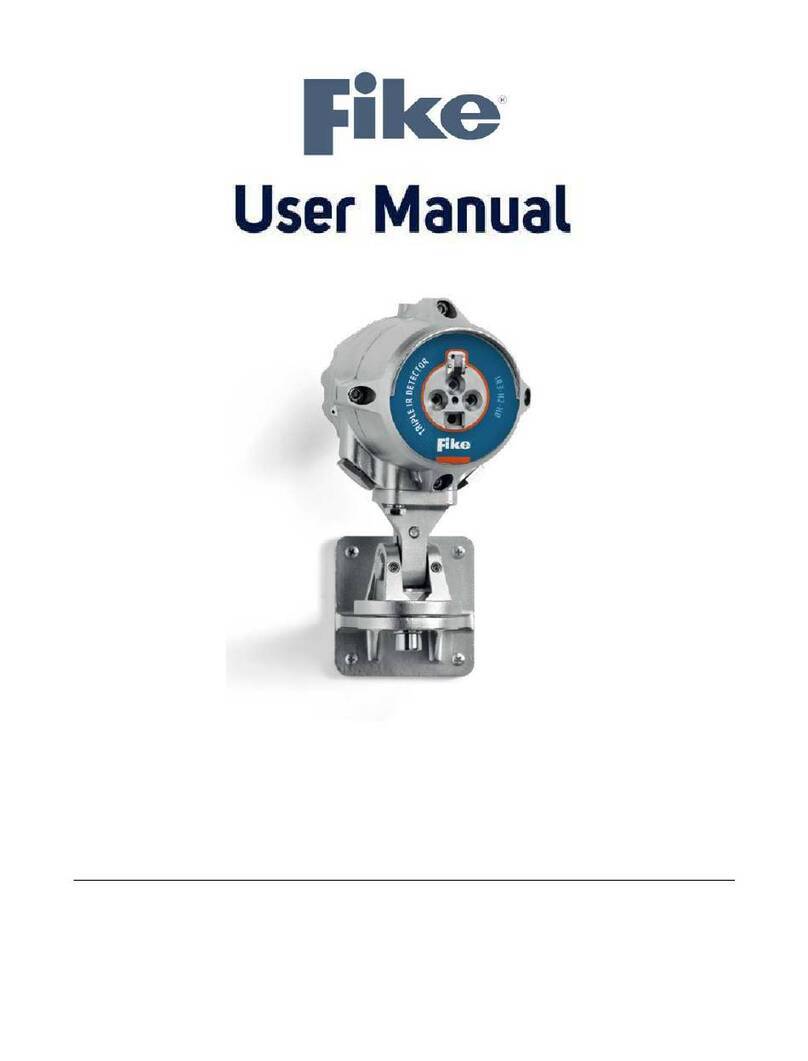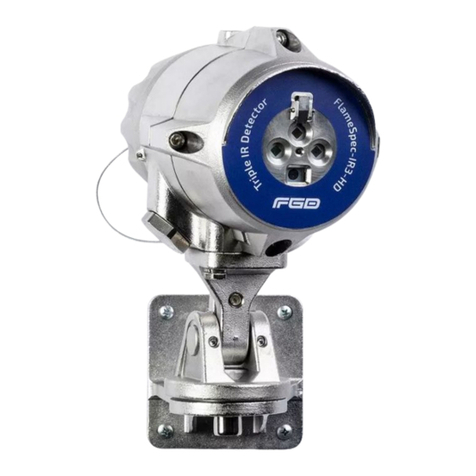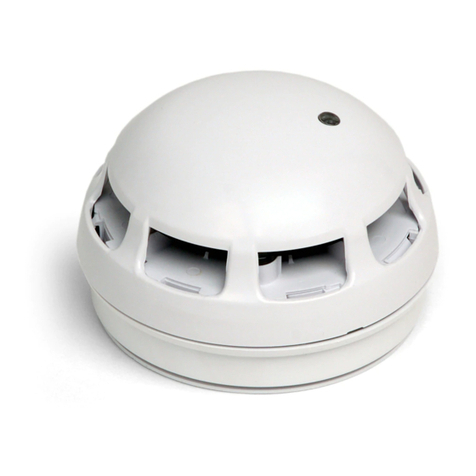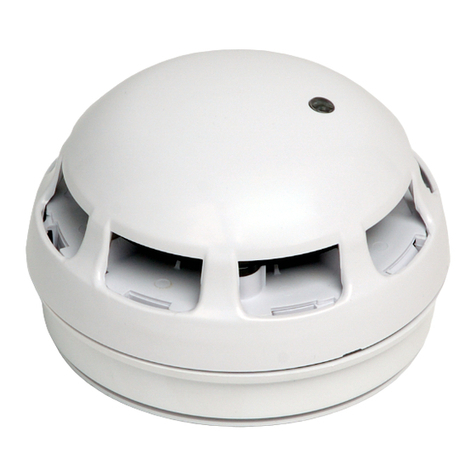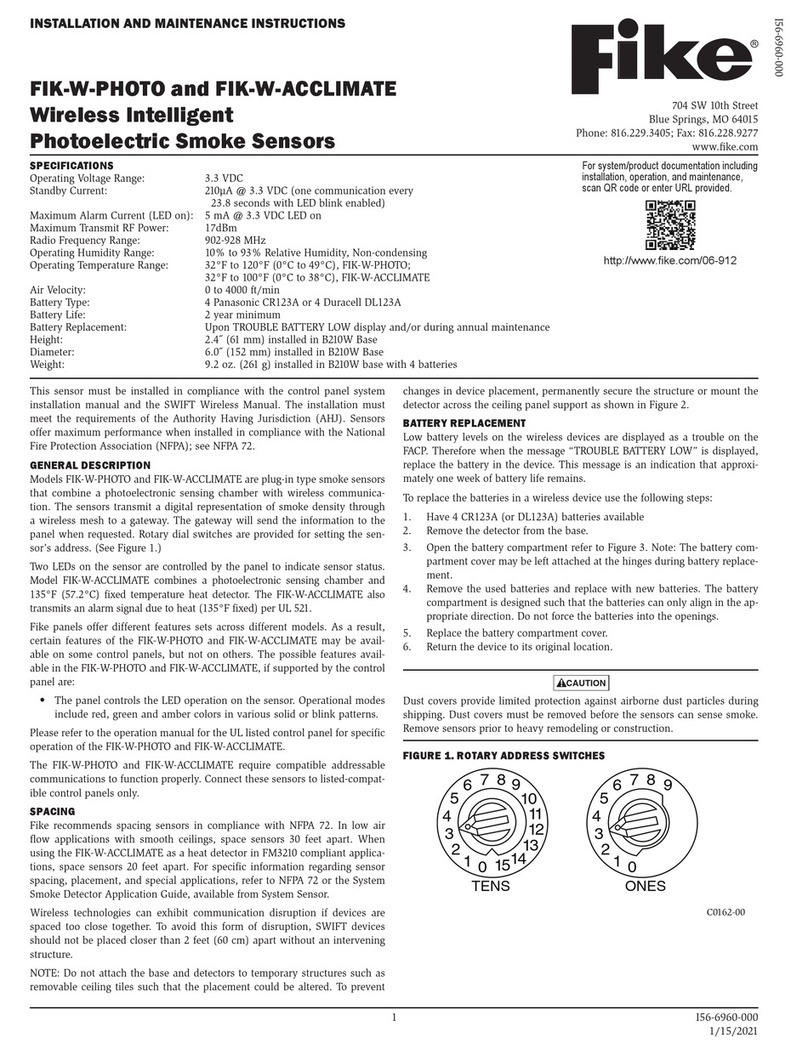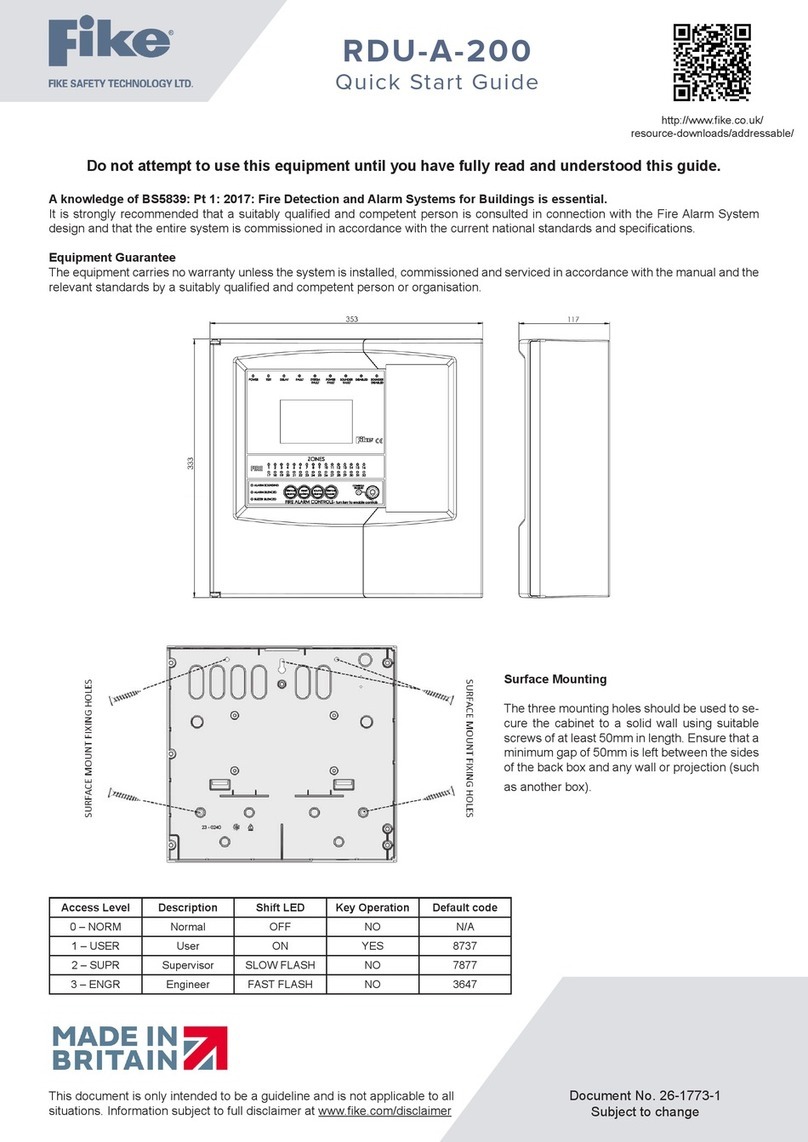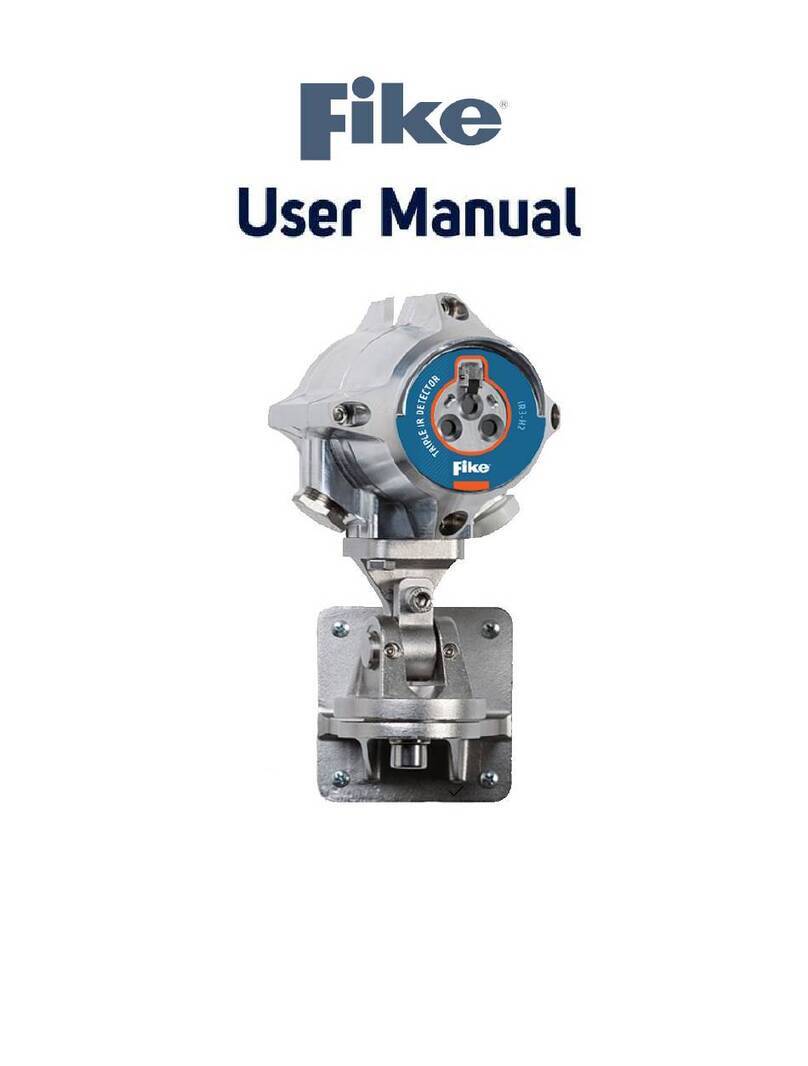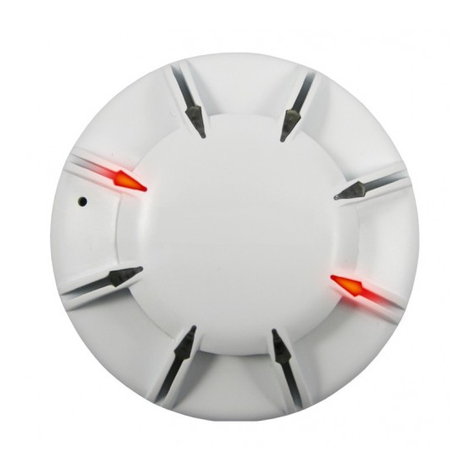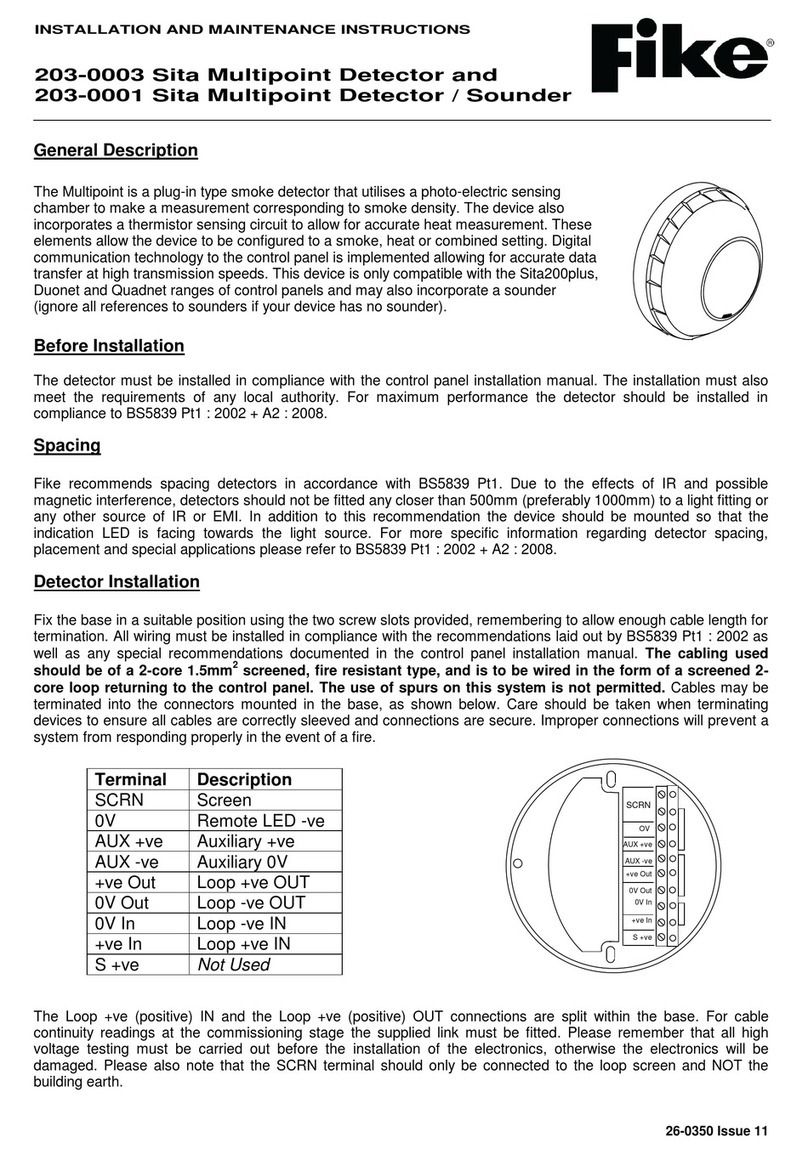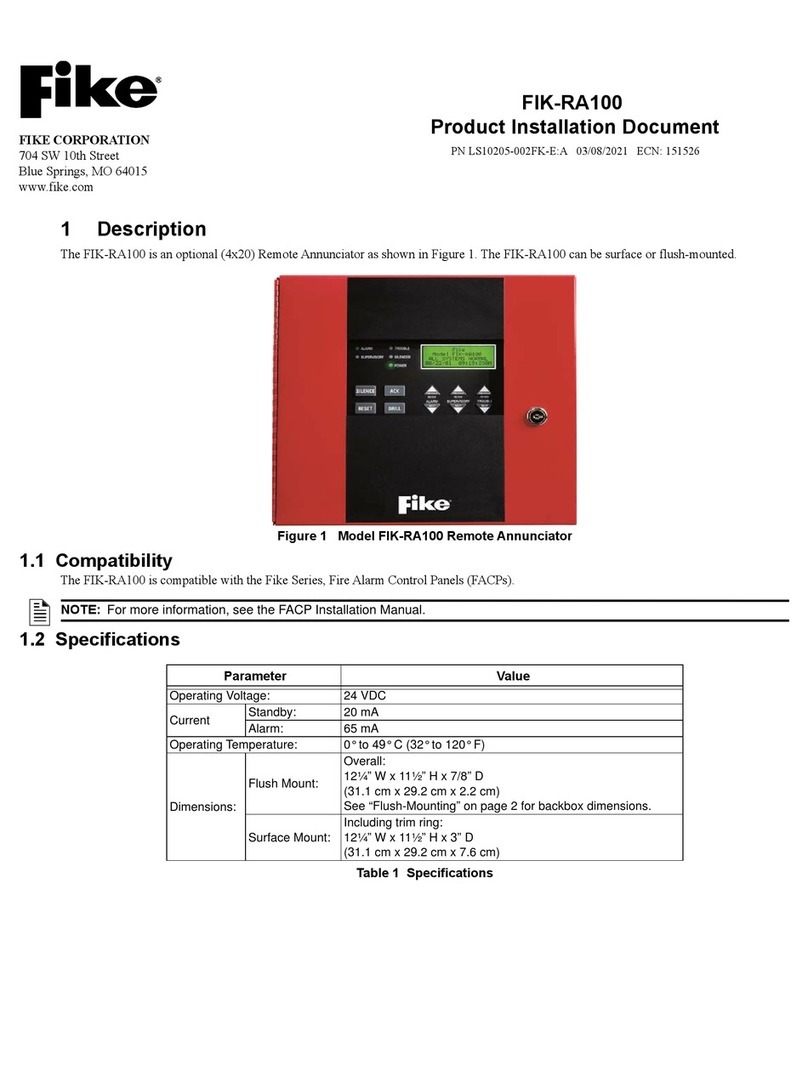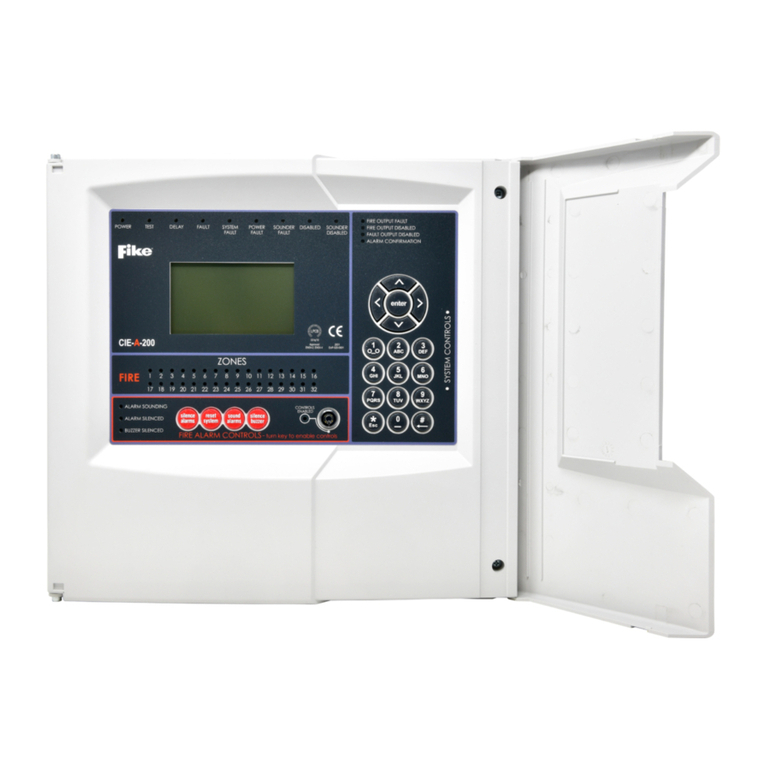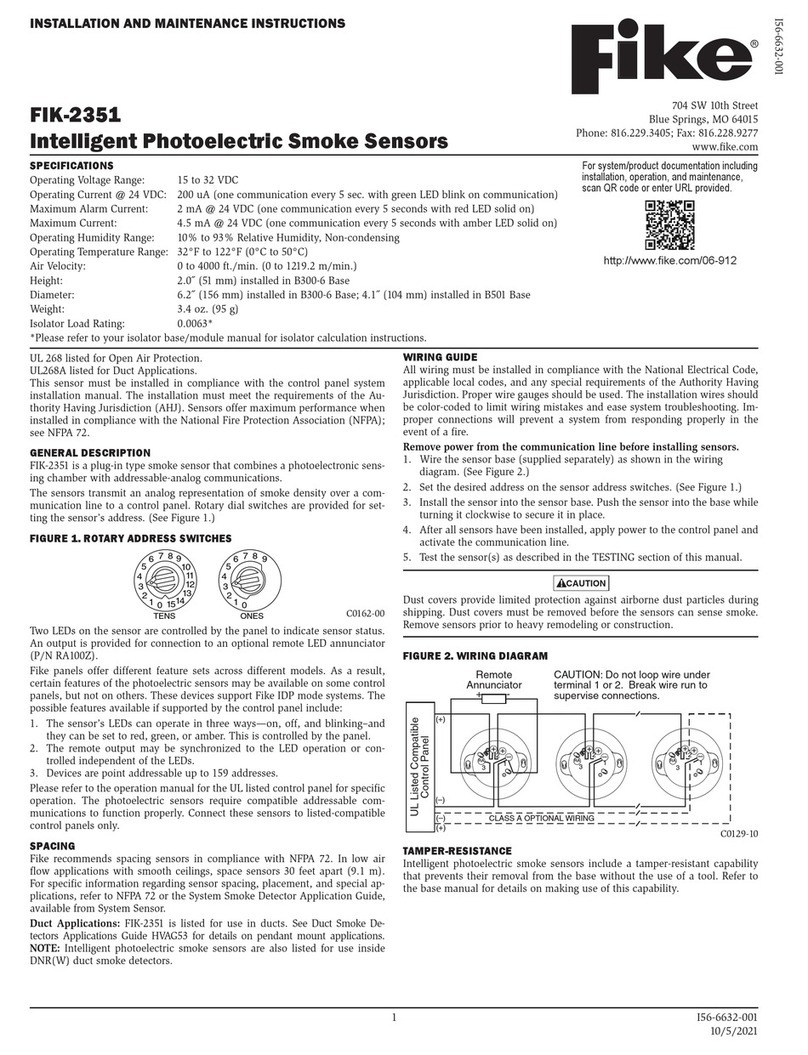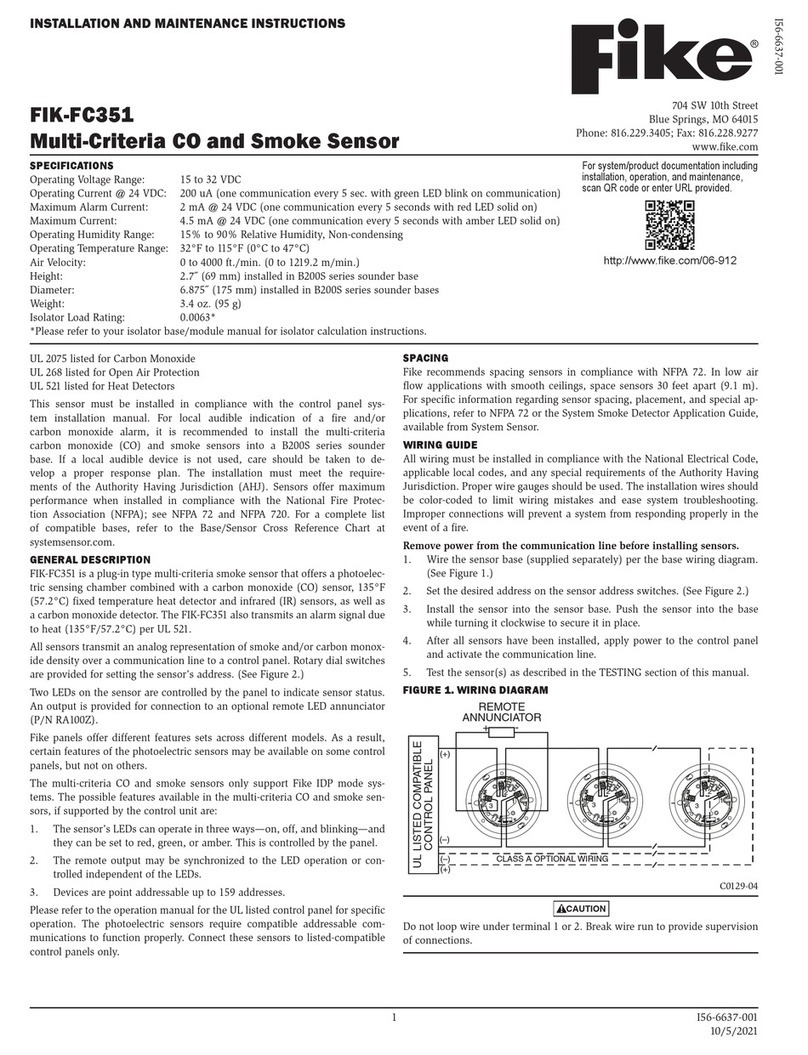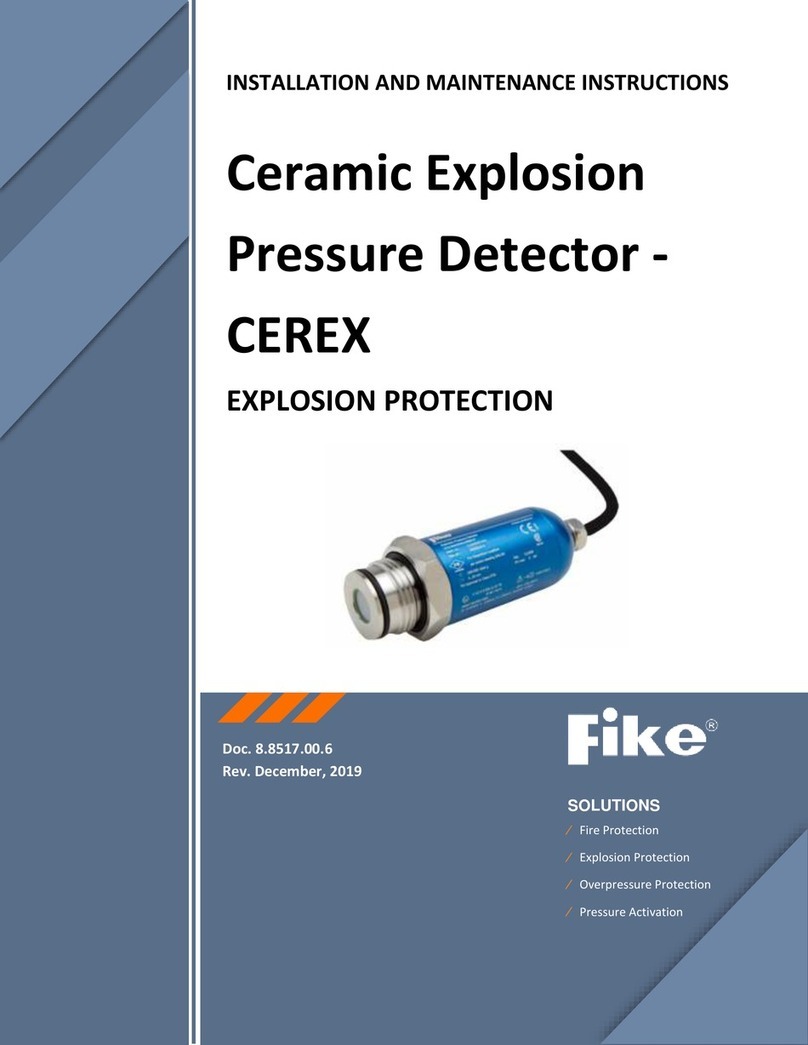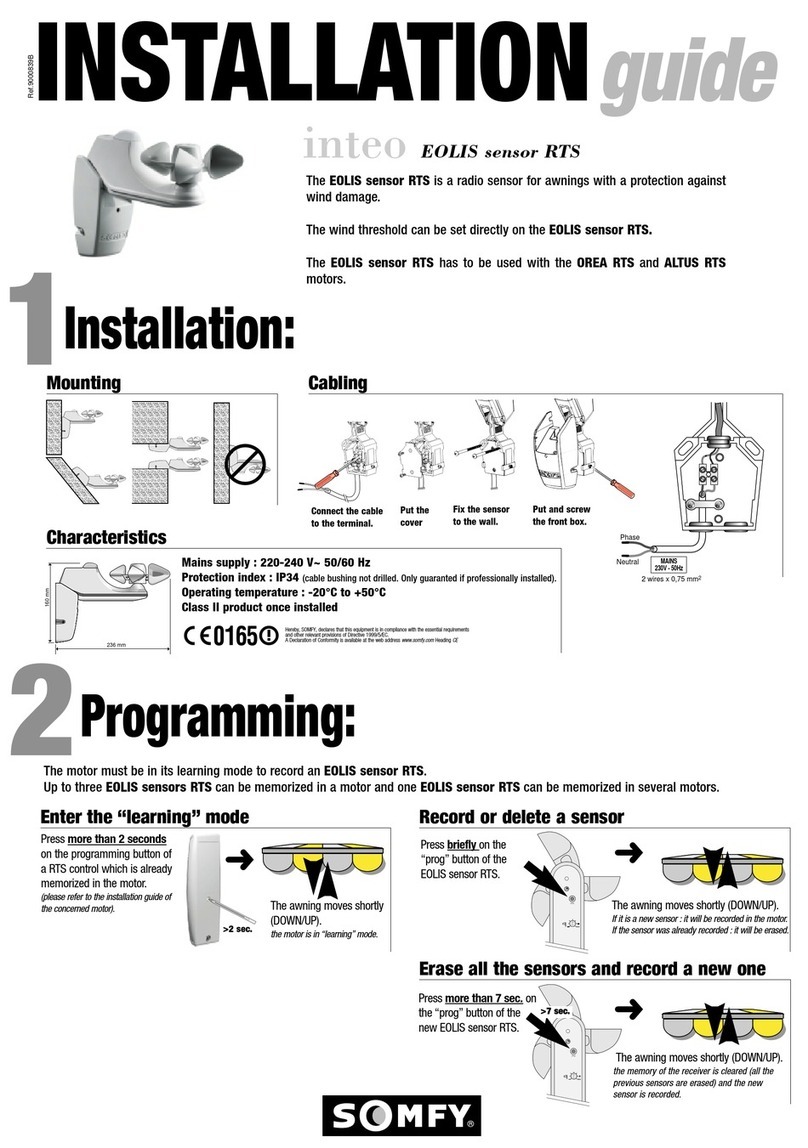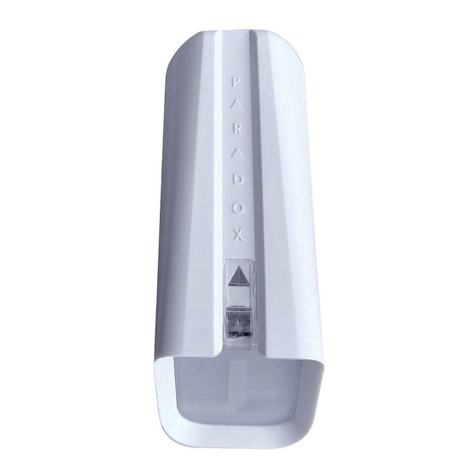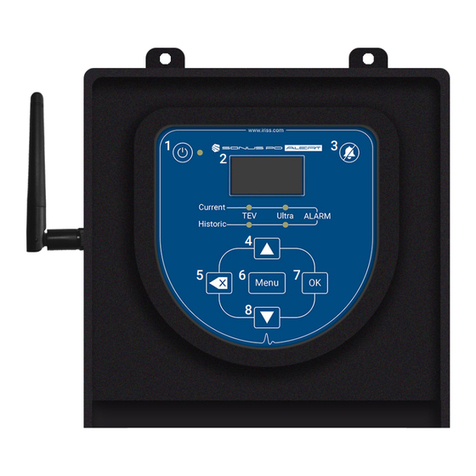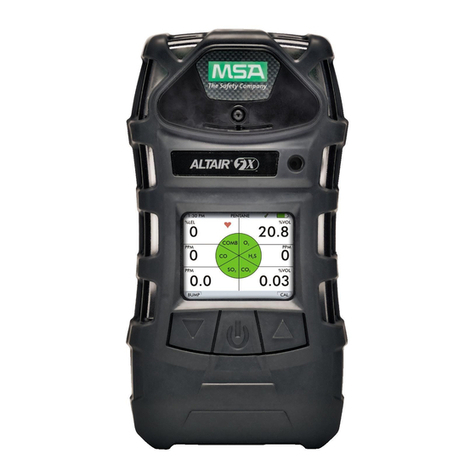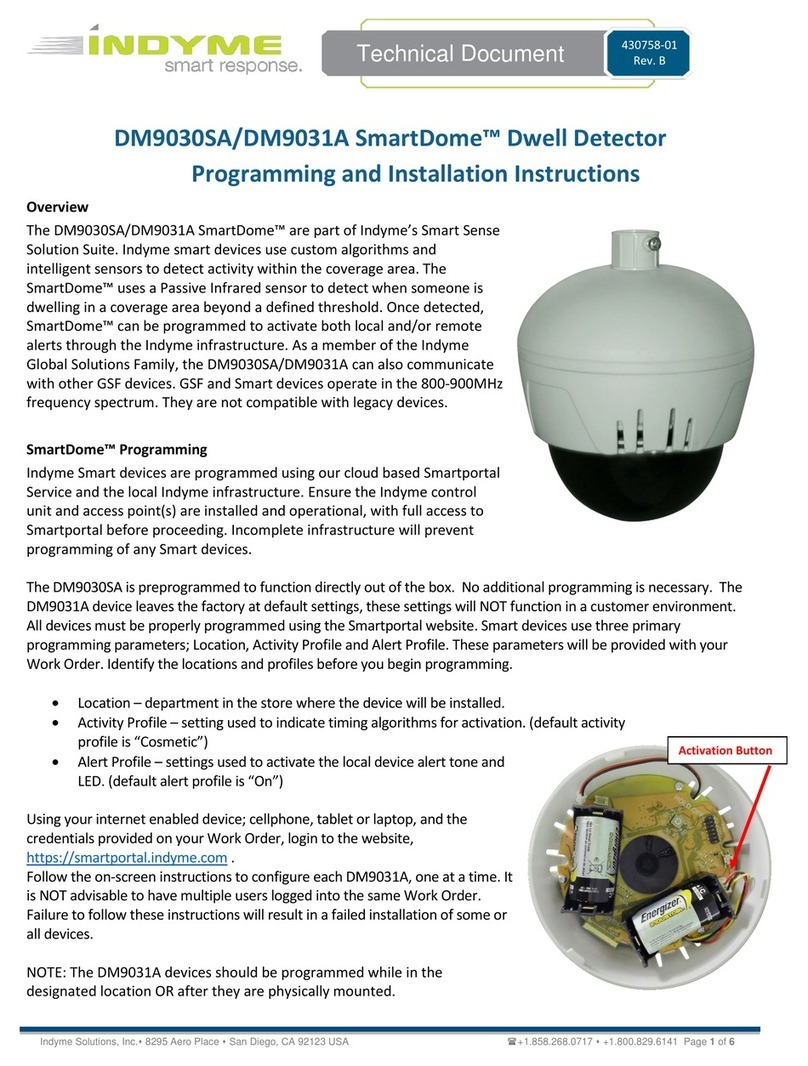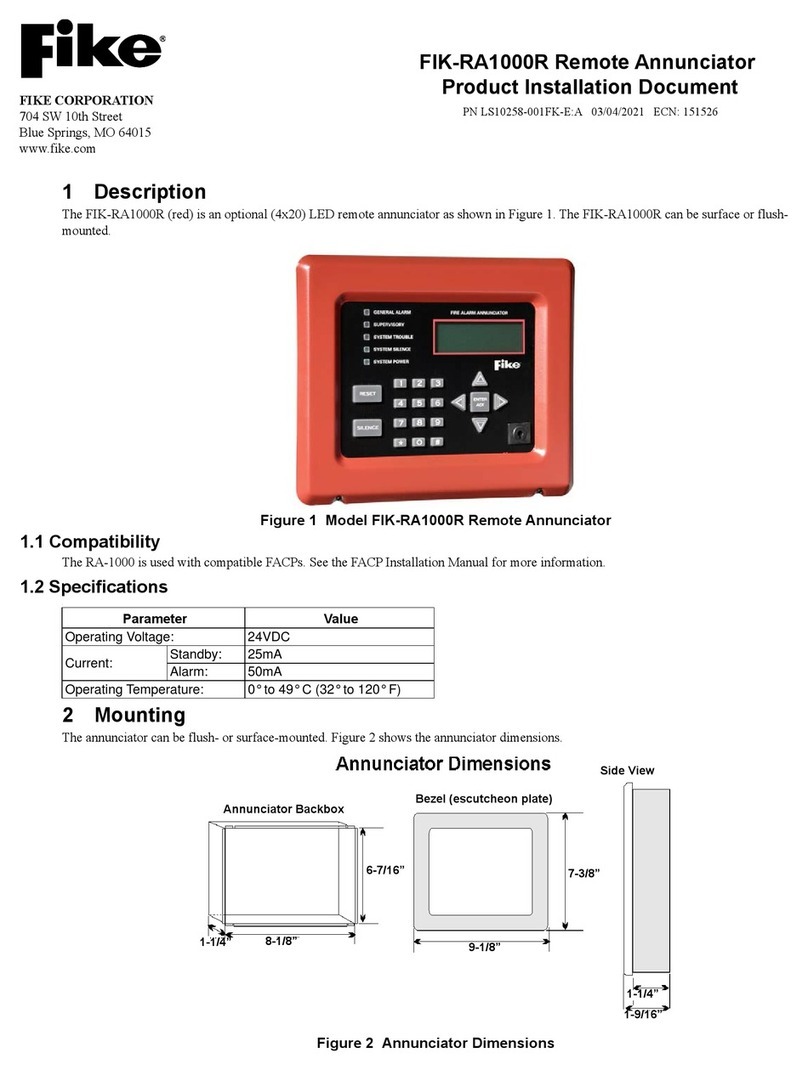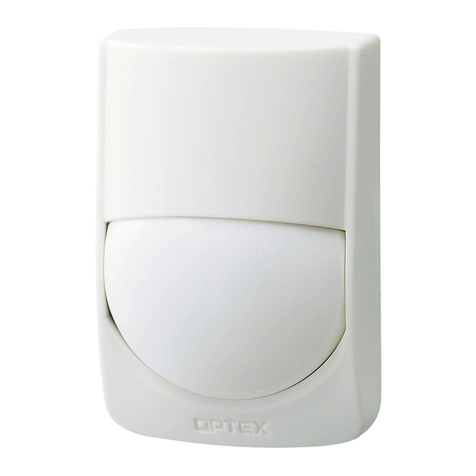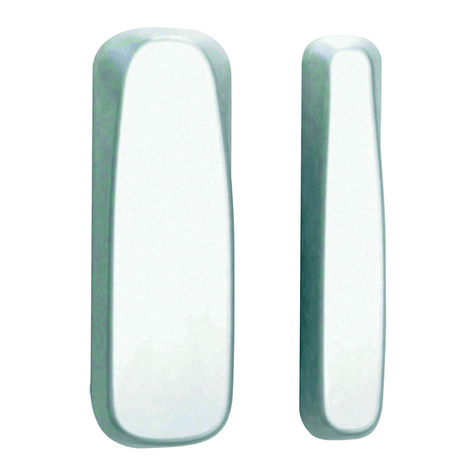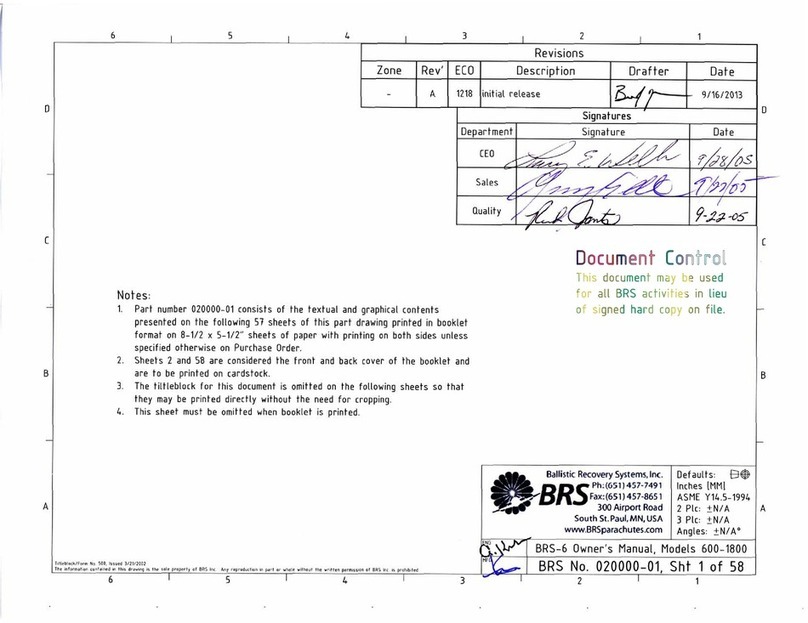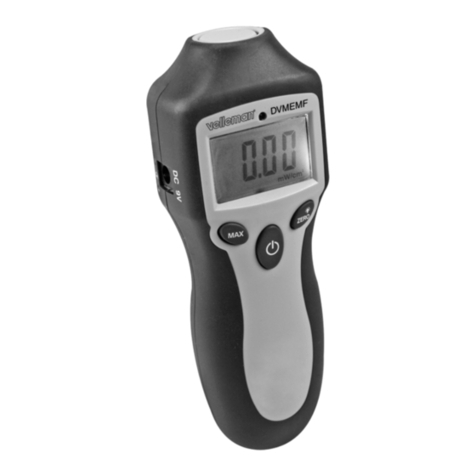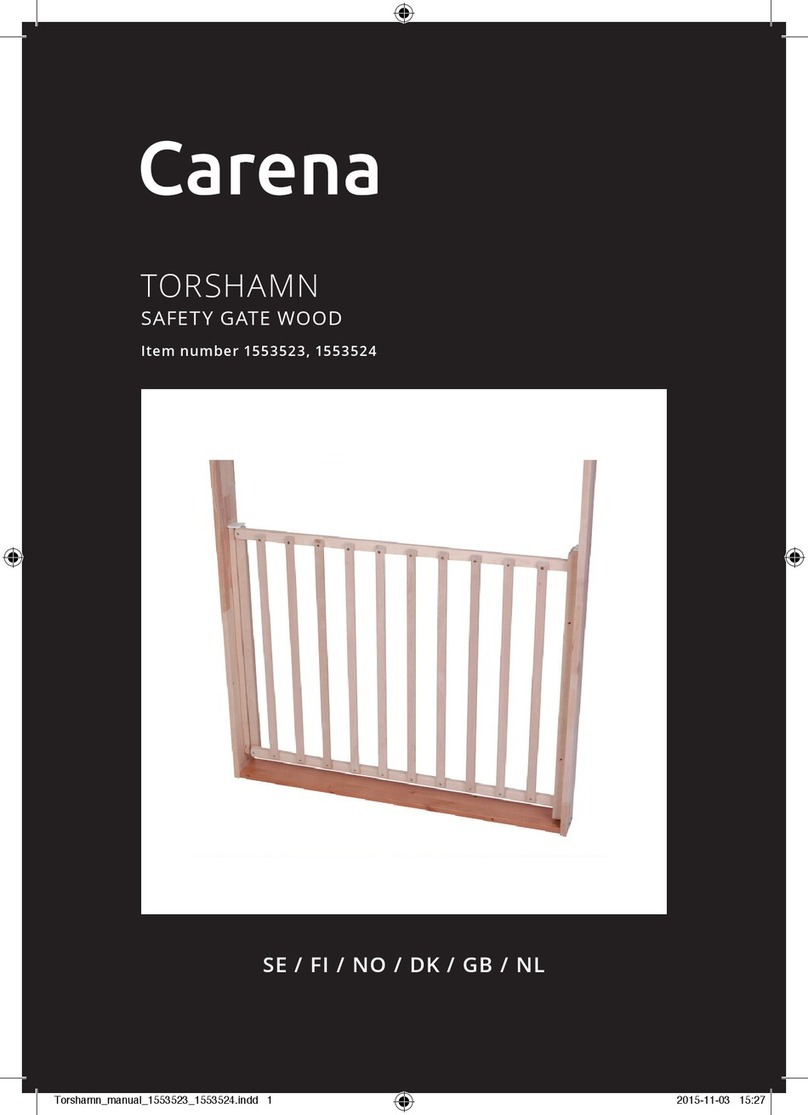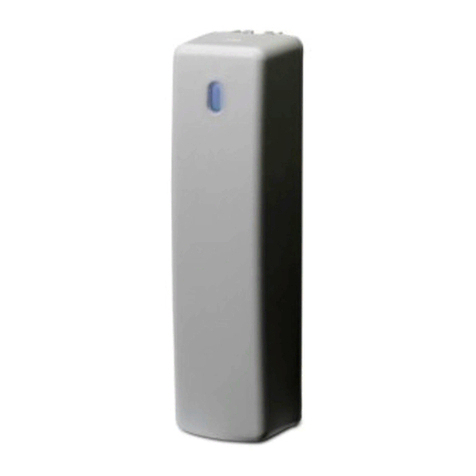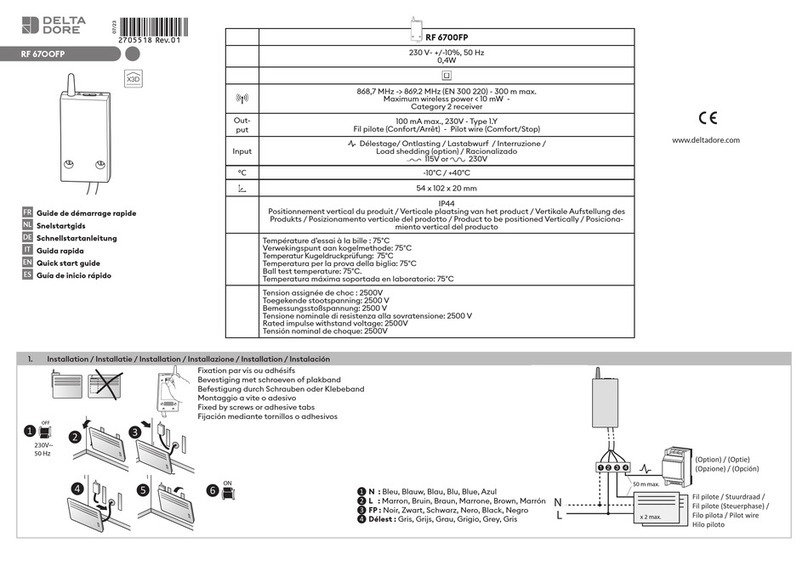
Contents
Contents........................................................................................................................................1
1. Introduction ....................................................................................................................2
2. Cabling Requirements...................................................................................................2
2.1 Power Cables...................................................................................................................2
2.2 Data Cables......................................................................................................................2
3. Product Specifications ..................................................................................................3
4. Product Dimensions ......................................................................................................4
5. Battery Backup Calculations ........................................................................................6
6. Installation ......................................................................................................................7
6.1 Check Procedure Before Installation................................................................................7
6.2 Removal of Front Cover...................................................................................................8
6.3 Removal of Plastic Plugs for Cable Entry ........................................................................8
6.4 Securing the Mounting Bracket........................................................................................8
6.5 Attaching the Detector onto the Bracket ..........................................................................9
6.6 Connecting the Air Sampling Pipe .................................................................................10
6.7 Cabling Using Glands and Conduits..............................................................................11
6.7.1 Using Glands..........................................................................................................11
6.7.2 Using Conduits.......................................................................................................11
6.8 Procedure to Terminate Wires to the Termination Card................................................12
6.9 Terminating the Power Wires to the Termination Card..................................................12
6.10 Connecting the VESDAnet Wires to the Termination Card (VN model only).................12
6.11 Terminating the Relay Wires to the Termination Card...................................................13
6.12 Terminating the Auxiliary Wires to the Termination Card ..............................................14
6.13 Closing Up the LaserCOMPACT....................................................................................14
6.14 Pipe Bonding Check.......................................................................................................14
7. Power Up.......................................................................................................................15
7.1 Power Up the System ....................................................................................................15
8. Preliminary System Checks........................................................................................16
8.1 Logging On to the System..............................................................................................16
8.1.1 Logging On with a PC ............................................................................................16
8.1.2 Logging On with a LCD Programmer (For VN Model Only)...................................16
8.2 Normalise the Air Flow and Clearing Air Flow Faults.....................................................17
8.2.1 Using a LCD Programmer (For VN Model only).....................................................17
8.2.2 Using a PC .............................................................................................................17
8.3 VESDAnet Communication Check (For VN Model only) ...............................................17
8.3.1 Using LCD Programmer.........................................................................................18
8.3.2 Using a PC .............................................................................................................18
8.4 Basic Pass/Fail Smoke Test ..........................................................................................18
9. Installation Checklist ...................................................................................................19




















